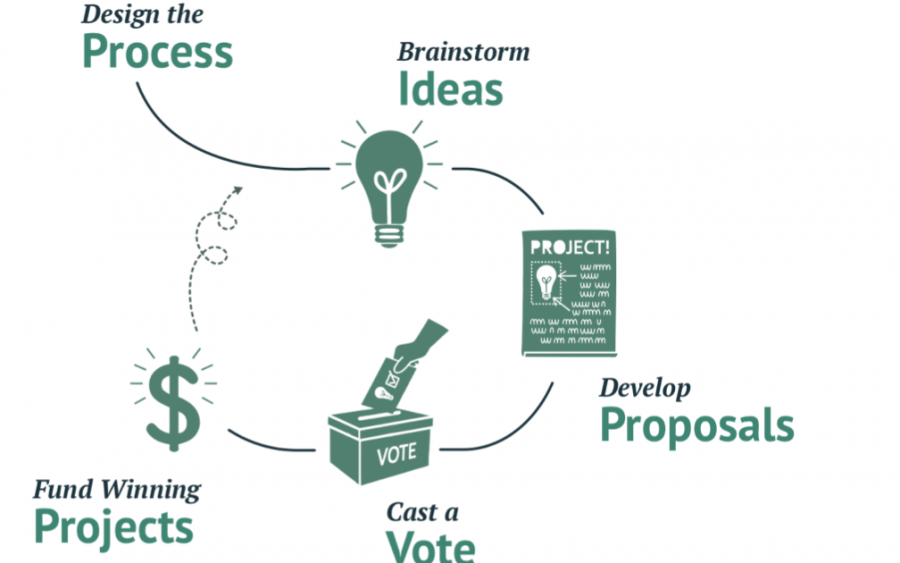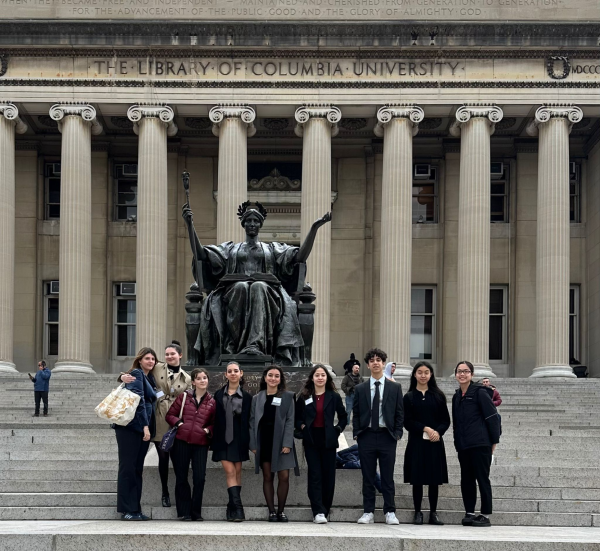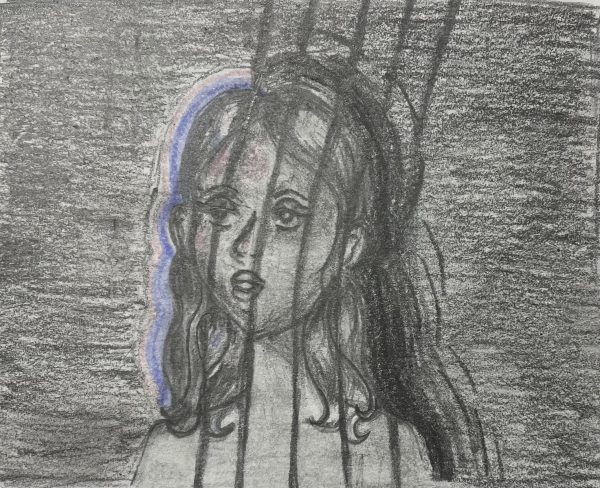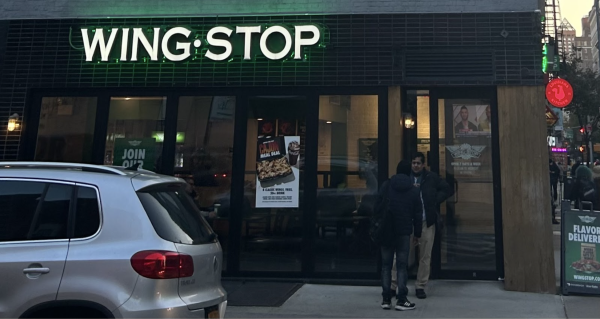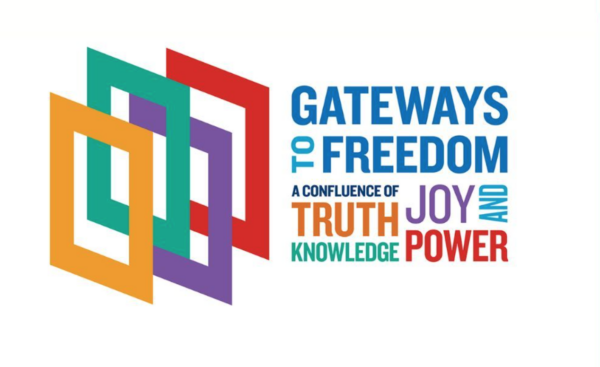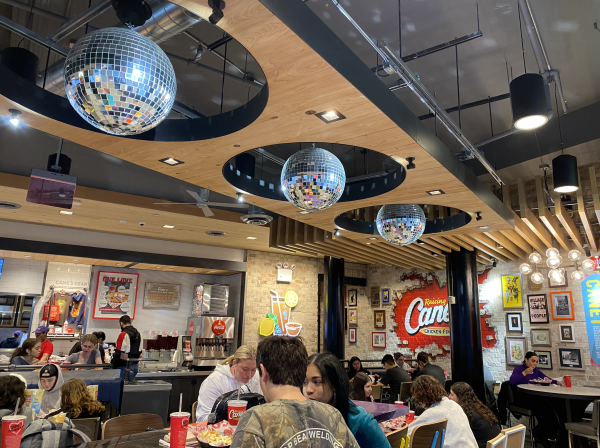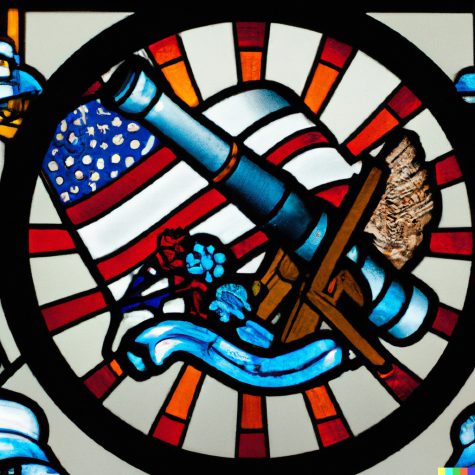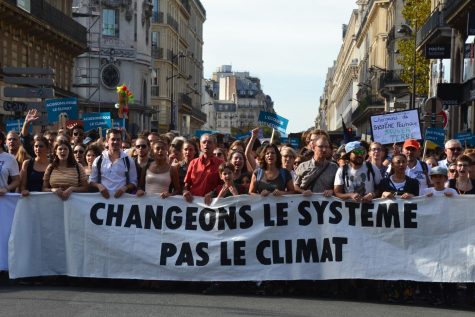How Can We Bring Participatory Budgeting to UNIS
Have you ever noticed an ongoing issue at UNIS that never gets fixed, yet accepted it because you have no power to change it? Well, you can propose and vote for how at least $1 million is going to be spent in your community board. This concept is called Participatory Budgeting (PB), which empowers the community members to decide on how to spend a certain budget. This idea has already experimented in Latin America, Brooklyn neighborhoods, and a couple of public schools. However, would PB satisfy the needs of UNIS students?
First, it needs to be defined how PB would function. The concept of PB is divided into 4 sections. The first step is the idea, which entails proponents to identify a problem and to brainstorm ideas to fix it. This is the fundamental step as it is the opportunity to present your opinion. The next step – proposals – requires partnership with people who have similar ideas to you. Similar to Model UN, PB requires people with similar ideas to work together on a proposed project. After its completion, community members will hear presentations on these projects and vote for one of them. This is the most imperative step as it represents the voice of the people. Finally, after the votes are counted, the winning project gets the funding, which will transform the proposal into a reality.
Although PB seems to be an ideal model that benefits the community, would it work at UNIS? For PB to succeed, it would require substantial participation of the community. This means students would need to have an interest or an incentive to participate. Another challenge is actually getting the budget. Without the budget, how can we even participate? Well, this needs permission from the school administration… There are no better people than the student council members to undertake this task because they are supposed to represent the students. Another inquiry about PB is regarding its impact on the community. People who view PB as “too idealistic” argue that even though PB gives voices to the students, the effects are marginal. They believe that the community should have a voice in a bigger portion of the pie.
PB would become a reality with a strong incentive and with the advocate from students. For this concept to work, Tut House students would have to allocate a portion of their time to one of these projects, but, with the heavy workload, this concept becomes more of a challenge. The only way this concept to work is if there is a strong incentive. This means having a substantial amount of CS hours for participating or being associated with a class project. The other barrier is marketing this idea. This project could be advocated or presented very well by an ambitious student council candidate who is eager to take a risk. All in all, the concept of PB is a compelling way to encourage student activism, but would require an incentive, an avocation, and the permission of the school to materialize.



